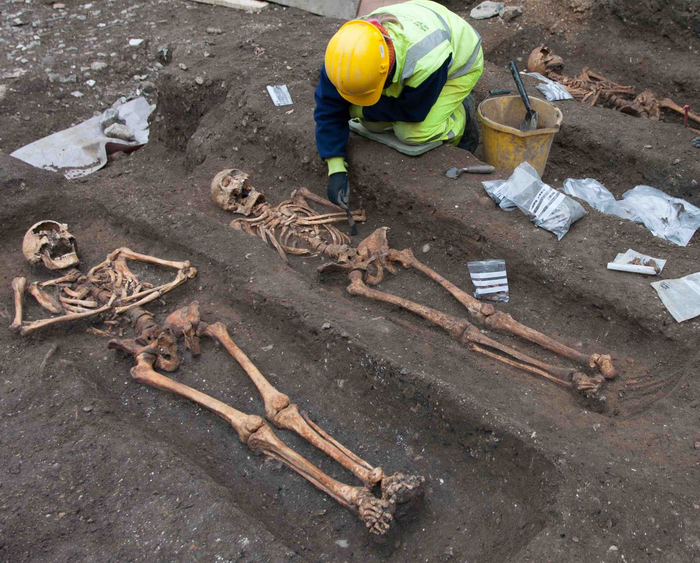Medieval monks were riddled with parasites, study finds
Friars were twice as likely to be infected with worms and other parasites compared to the general population, says researchers

Monks living in the medieval era were ‘riddled with parasites’, according to a new study.
Research from Cambridge University suggests that Augustinian friars living in the city were infested with worms at a rate twice higher than the general population.
Dr Piers Mitchell from Cambridge’s Department of Archaeology, said: “This is the first time anyone has attempted to work out how common parasites were in people following different lifestyles in the same medieval town.”
For the study, researchers excavated and analysed remains buried on the grounds of the former Augustinian friary in central Cambridge and former cemetery of All Saints by the castle parish church.
They looked at samples of soil taken from around the pelvises of adult remains to measure the number of parasites found.
The researchers tested the remains of 19 monks from the friary grounds and 25 locals from All Saints cemetery and found that over half of the friars (58 per cent) were infected by worms, compared to just 32 per cent of the general townspeople.
They also believe the actual number of infections would have been significantly higher, as time would have destroyed some evidence of infection.
This is despite most Augustinian monasteries of the period having access to sanitary services such as running water, latrine blocks and hand-washing facilities, unlike most working-class people at the time.
Cambridge researcher Tianyi Wang, who conducted the microscopy to spot the parasite eggs, said: “Roundworm was the most common infection, but we found evidence for whipworm infection as well. These are both spread by poor sanitation.”
Researchers argue that the difference in infection rates between the friars and the wider community must have been because of how each group dealt with their human waste.
“One possibility is that the friars manured their vegetable gardens with human faeces, not unusual in the medieval period, and this may have led to repeated infection with the worms,” said Dr Mitchell.
Despite this, previous research suggests people who were buried in medieval England’s monasteries are thought to have lived longer than the general population buried in parish cemeteries, which is thought to be due to a more nourishing diet afforded to them by their greater wealth.




Join our commenting forum
Join thought-provoking conversations, follow other Independent readers and see their replies
Comments